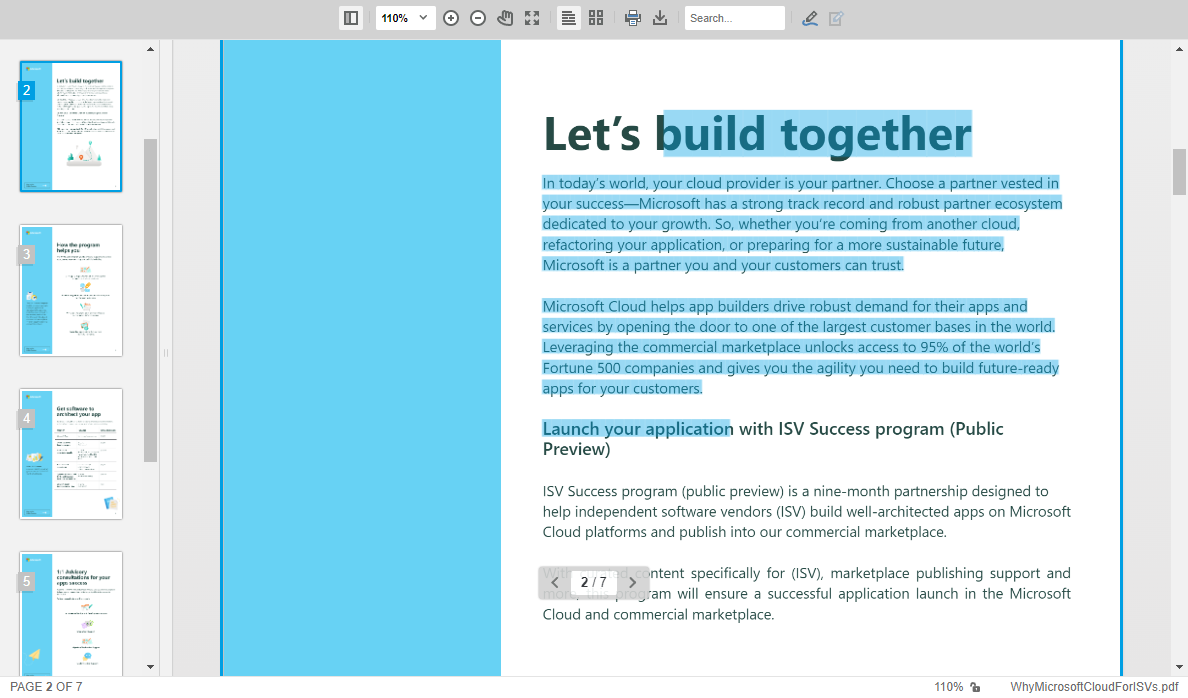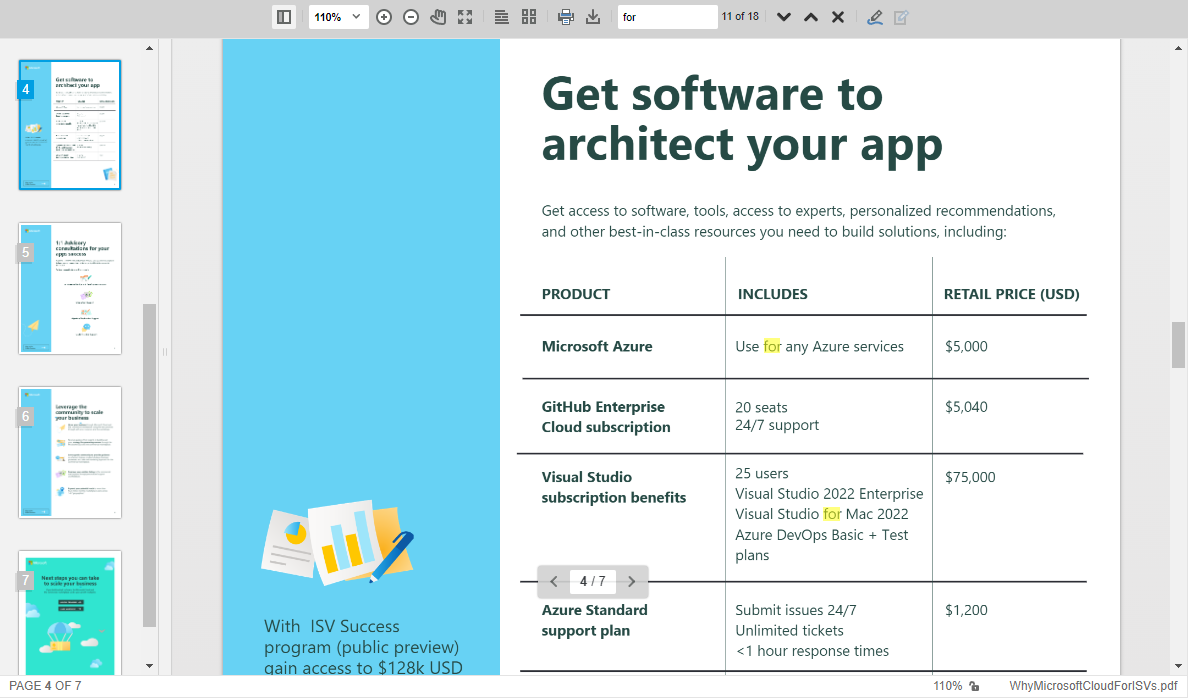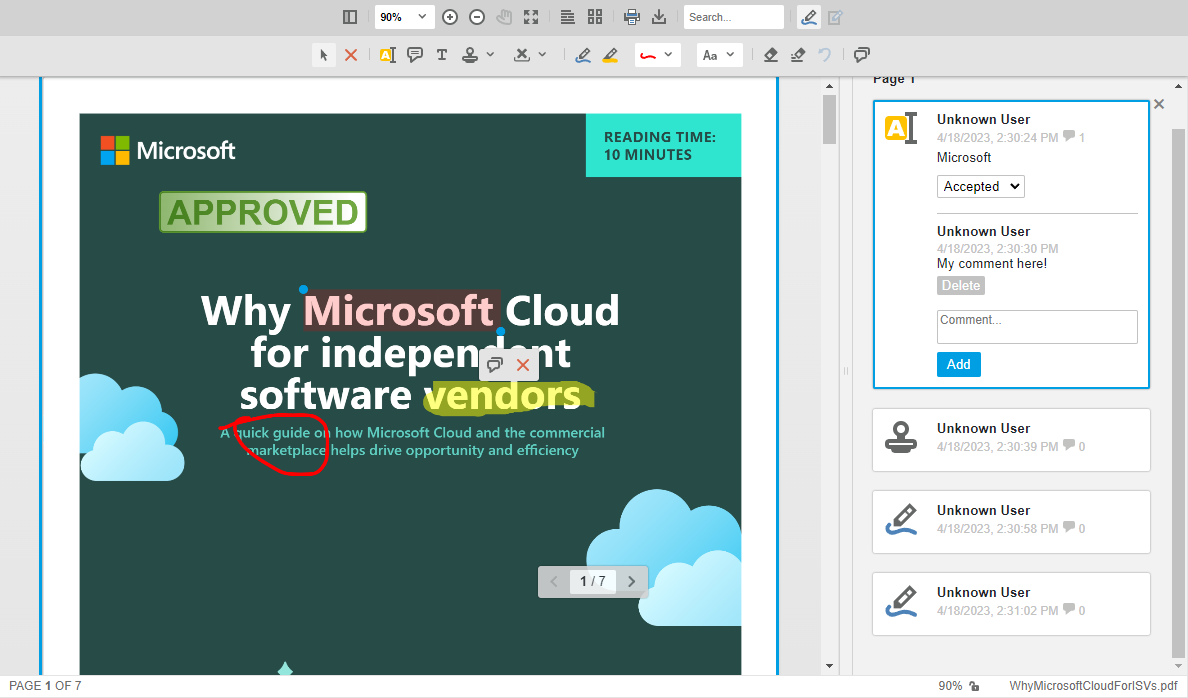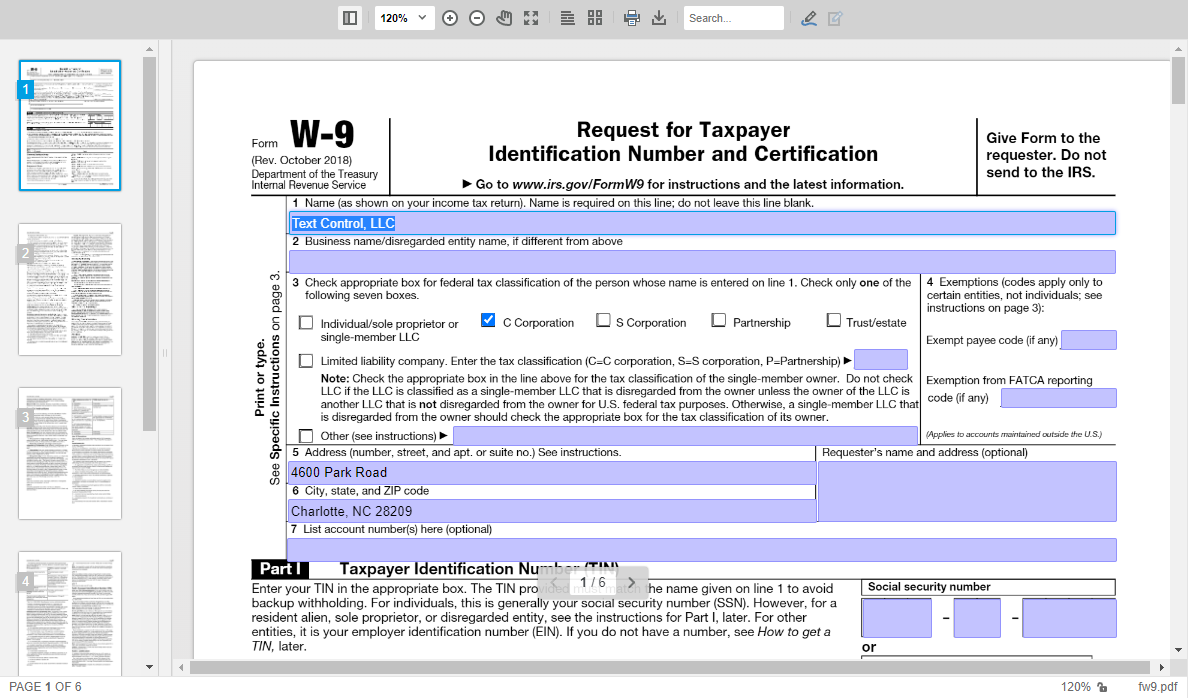With version 31.2.2 of the Document Viewer, we released support for PDF.js as a PDF renderer. We are working on additional features for this integration to provide the same level of support for all PDF documents as for the other supported document formats.
Learn more
PDF.js is a JavaScript library maintained by Mozilla and other individual contributors. In the latest version of the TX Text Control Document Viewer, we introduced the ability to enable external renderers such as PDF.js to provide document rendering information.
Use PDF.js to Render PDF Documents within the Document Viewer
Text Selections
In the next release, the Document Viewer will support text selections from PDF documents rendered with PDF.js. The selection will be integrated with the same look and feel as other documents, so you can use one viewer to deploy your TX Text Control, MS Word, or PDF documents. Selected text can of course be copied to the local clipboard.

The Find method will also support the contents of loaded PDF documents:

Annotations
An advantage of the TX Text Control Document Viewer is the way annotations are stored externally using JSON and can be applied to all supported formats, not just PDF. Annotations, including text highlighting based on selections, are also supported for PDF documents.

Form Field Support
The next release will fully support the import of form fields that are part of PDF documents, allowing users to fill in document forms of existing PDF documents. This will allow you to provide users with all methods of form delivery, including MS Word compatible forms and PDF forms.

The completed document can be downloaded or generated as a PDF with the form field values filled in. This, in turn, can be imported using classes in the server-side, non-UI Document
╰ DocumentServer.PDF Namespace
TXTextControl.DocumentServer.PDF Namespace namespace to extract form field data from PDF documents without user interaction. In this way, you can create PDF documents and distribute them through the Document Viewer or by email for users to fill out in Acrobat Reader. All completed documents can be imported for programmatic data extraction and analysis.
Stay tuned for more!

